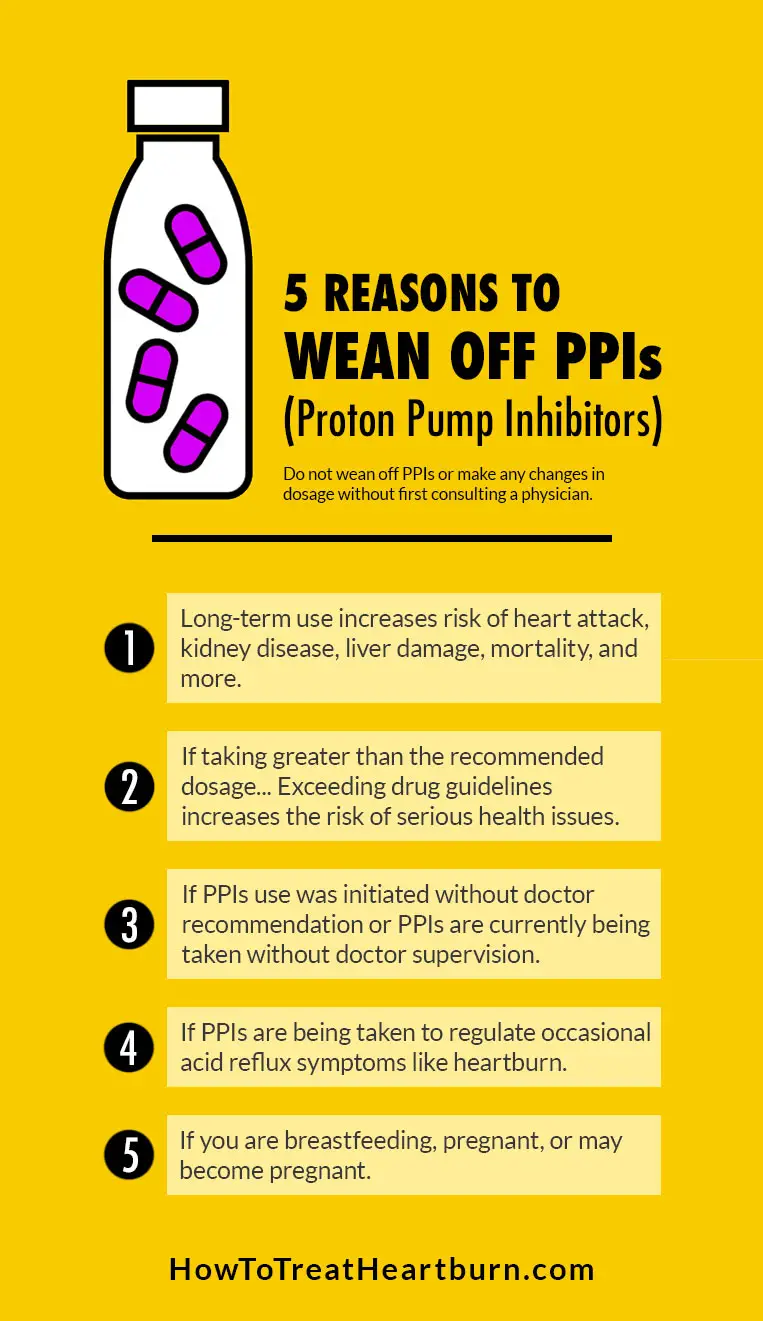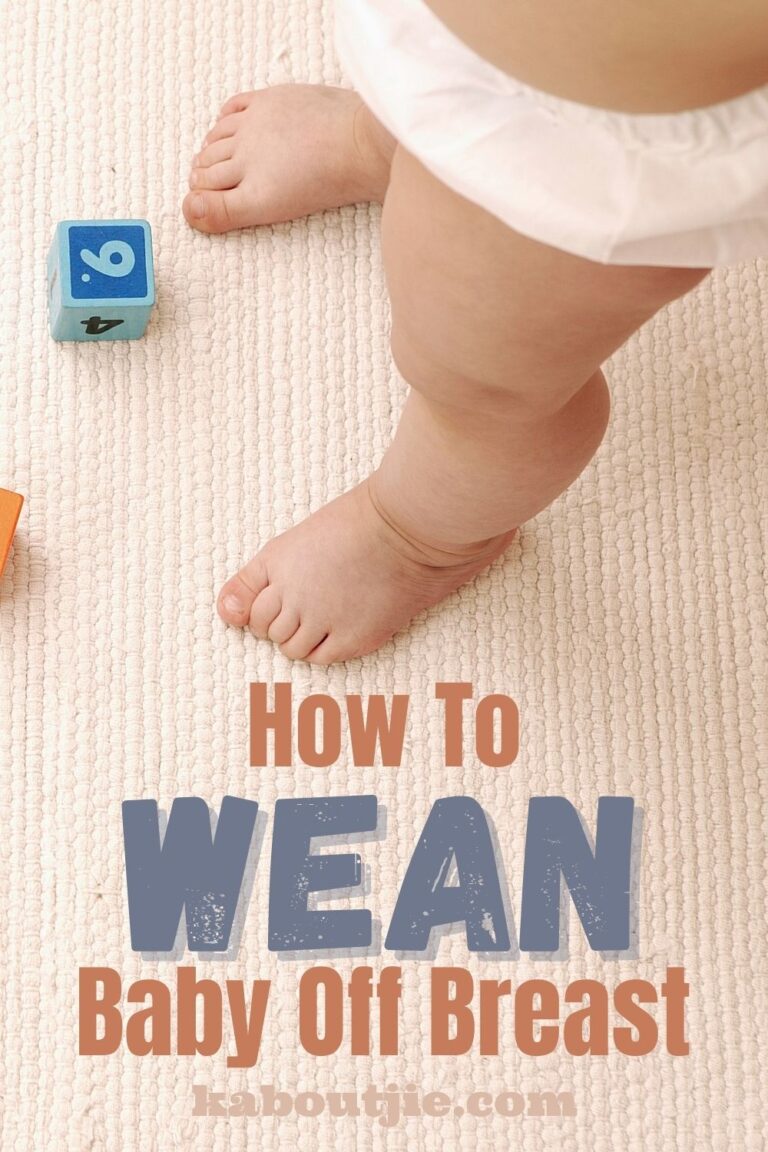

There may be ways to decrease your risks from menopausal HRT, including: You’ll want to review your individual risks and benefits with your healthcare provider. Menopausal HRT can increase your risk of the following health conditions: The risks also increase the longer you take HRT. There are a range of risks with menopausal HRT.

This is generally after about 5 years of use, or around age 59. When the symptoms of menopause start to decrease, you can begin to lower your dose. That’s why experts recommend using HRT at the lowest dose that works and for the shortest amount of time needed to improve symptoms. How long does hormone replacement therapy last?Īs with any medication, there are some risks with hormone replacement therapy. Your healthcare provider can help you understand your options and what type of MHT might be right for you. You can take it as a pill, shot, implant, patch, or even vaginally. Menopausal HRT is either estrogen alone - or both estrogen and progesterone. Menopausal HRT works by replacing your natural hormones that decrease with menopause. How does hormone replacement therapy work? Read on to learn more about when and how to safely cut back on MHT.

Stopping MHT can have its own set of challenges and risks. This is why most people don’t take it for more than 5 years. Common symptoms of menopause that improve with MHT are hot flashes, disturbed sleep, mood changes, and even joint aches and pains.īut MHT also comes with some risks and side effects. Taking MHT during menopause can help to reduce the symptoms that some people experience. They also contribute to bone health, sleep, and mood. These hormones are in charge of puberty, sex drive, menstruation, and pregnancy. You’ve probably heard of estrogen and progesterone, the reproductive hormones the ovaries make. Menopausal hormone replacement therapy (MHT or HRT) works to replace the hormones that drop during menopause.


 0 kommentar(er)
0 kommentar(er)
